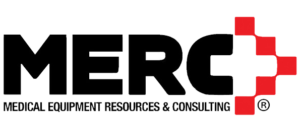The Hidden Cost of De-Installation and Removal
There are times when equipment replacement takes place, an overlooked cost factor is de-installation and removal. All too frequently in healthcare venues, this unforeseen expenditure leads to a negative equity position on the medical equipment or system being replaced. Below are some examples where de-installation is a major financial consideration in replacing asset(s):
- CT Scanner
- MRI
- Central patient monitoring system
- Endoscopy or Arthroscopy equipment
- Lab Analyzers
- Rad or Rad/Fluoro room
- Patient beds
In each one of these situations the costs of de-installation and removal may be overlooked during the purchase of replacement equipment. In our experience we have seen many times that the removal of the equipment costs more than the value of the equipment itself. This is what we describe as a “negative equity event”. An event of this kind can be financially crippling for some facilities and can even keep them from being able to go forward with the replacement purchase.
There is another way. The more effective approach to managing these assets will help identify these de-installation and removal costs, and understand their impact on the value of the subject asset(s). This analysis to find the right time to replace the unit(s) helps to avoid negative equity events.
This approach to asset management flies in the face of the “drive the wheels off of it” method often utilized in healthcare. Factoring de-installation and removal costs into major equipment purchases is essential in practicing sound financial asset management. To find out more about MERC’s services and how our team can help your organization identify these hidden costs and manage assets responsibly, contact us today.

